
Oregon’s Famous Airline Home
On our Oregon roadtrip (2022) our #vanlife family had a wonderful meet-up with an #airplanelife man – Bruce Campbell. People have converted some interesting structures into unique living spaces, such as shipping containers, water towers, and warehouses. People have proudly and sustainably lived in retrofitted tugboats, school buses, delivery vans (like us) and other re-purposed vessels. People used to have doubts about these unique ways of living, but now the durable modules are everywhere, seen in architectural magazines and creating a viral trend on many social media platforms.
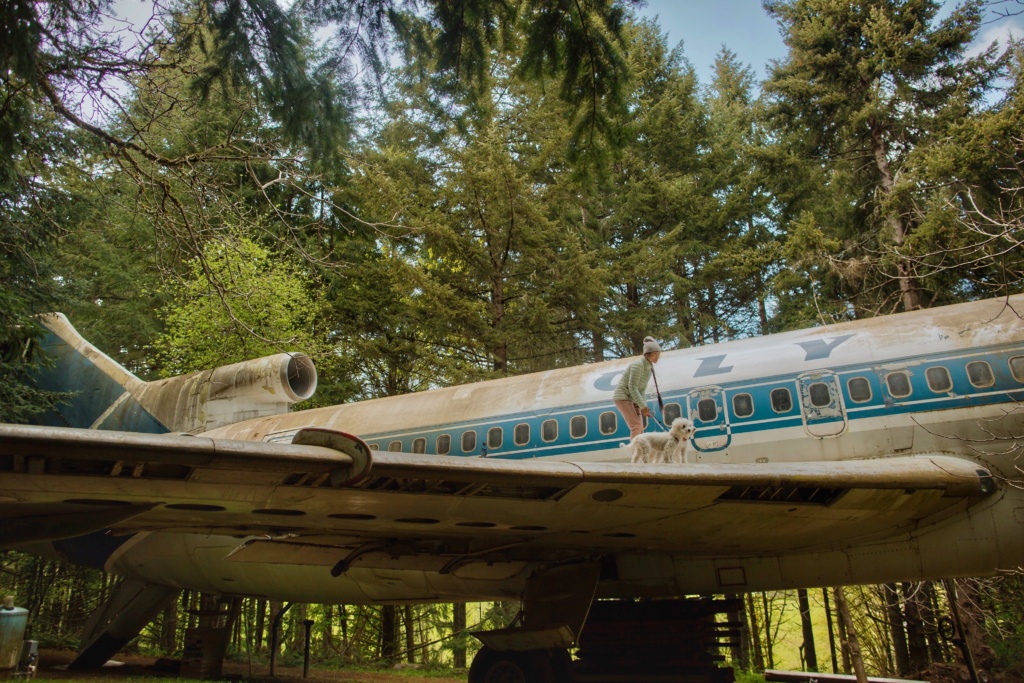
Nestled deep within the expansive forests of Hillsboro, Oregon sits a massive airliner. Since 1999, Bruce Campbell, a former engineer and pilot, migrated his airplane home to Oregon from Greece and has been gradually transforming a 727 jetliner into his dream home. Bruce invited us into his house and told us everything we need to know how to convert an airplane into a beautiful home from buying an old jetliner to the moving and conversion process. From the short time chatting with Bruce, we can feel his passion for this project. We are thankful that he opened his home up to us and gave us such an amazing tour and inspiring stories so this blog is dedicated to write about his plane-to-home commitment.
It’s pretty straightforward to find Bruce’s home. On Google Maps, simply type in “Airplane Home” and your final destination will lead you to Hillsboro, Oregon. Once you spot the sign “Concert on a Wing”, you know you are at the right place.
The exact address is
15270 SW Holly Hill Road
Hillsboro, OR 97123-9074

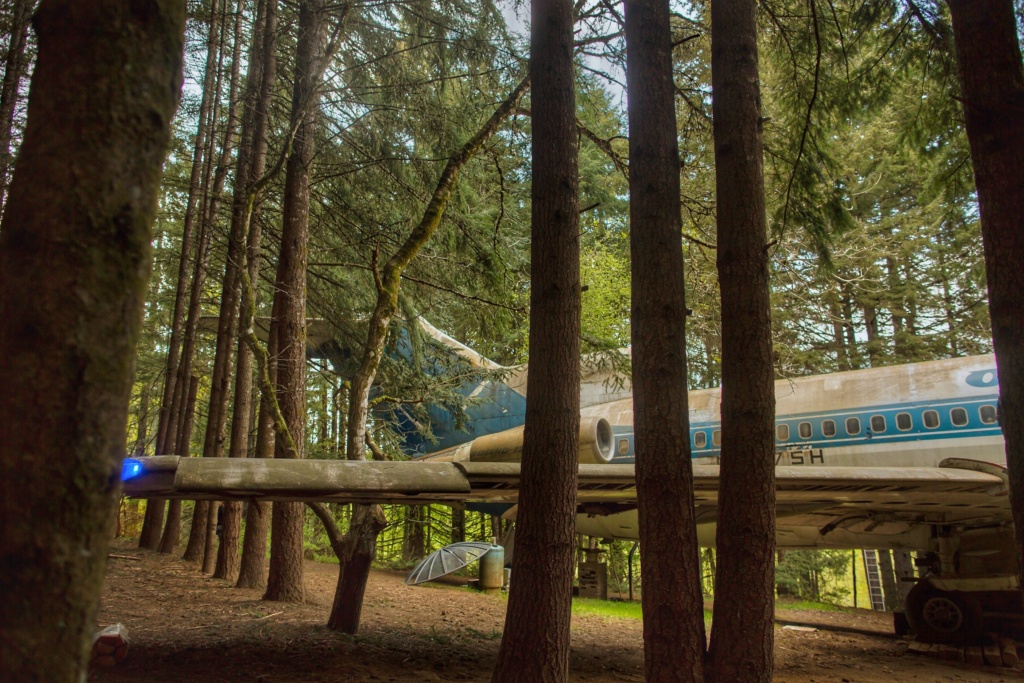
We were so lucky to catch Bruce at home. He gave us an amazing tour around and inside the house.
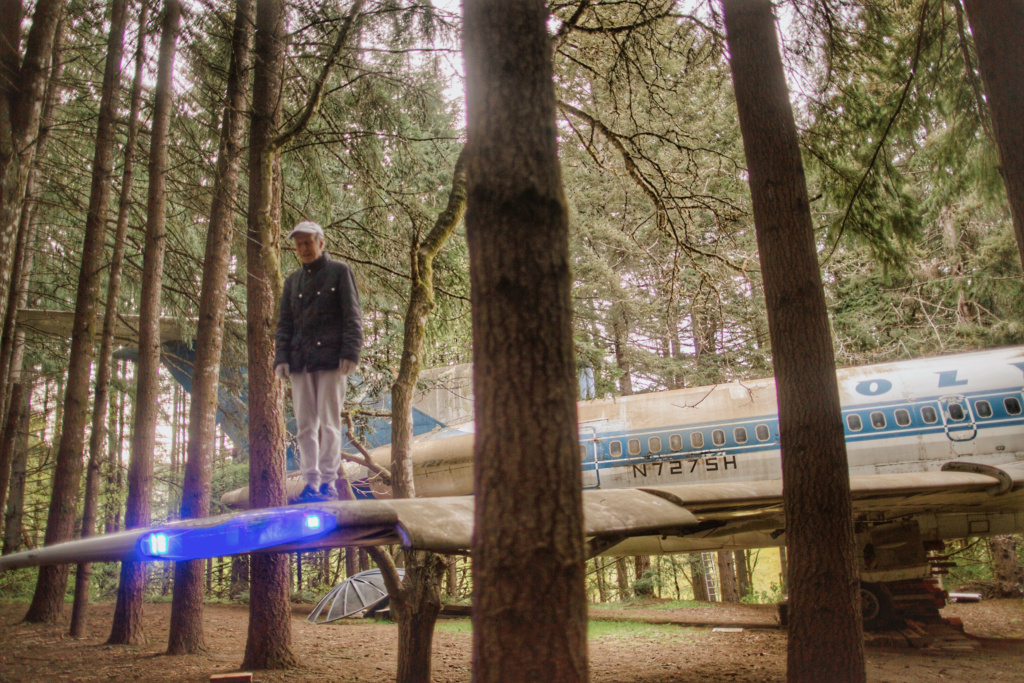

Bruce explained to us that jetliners are masterful works of aerospace science that beat any other structures designed for living. Jetliners are incredibly strong, durable, and long lived. And they easily withstand any earthquake or storm. Their sealed-pressure structure keeps the living space free of dust and insects.
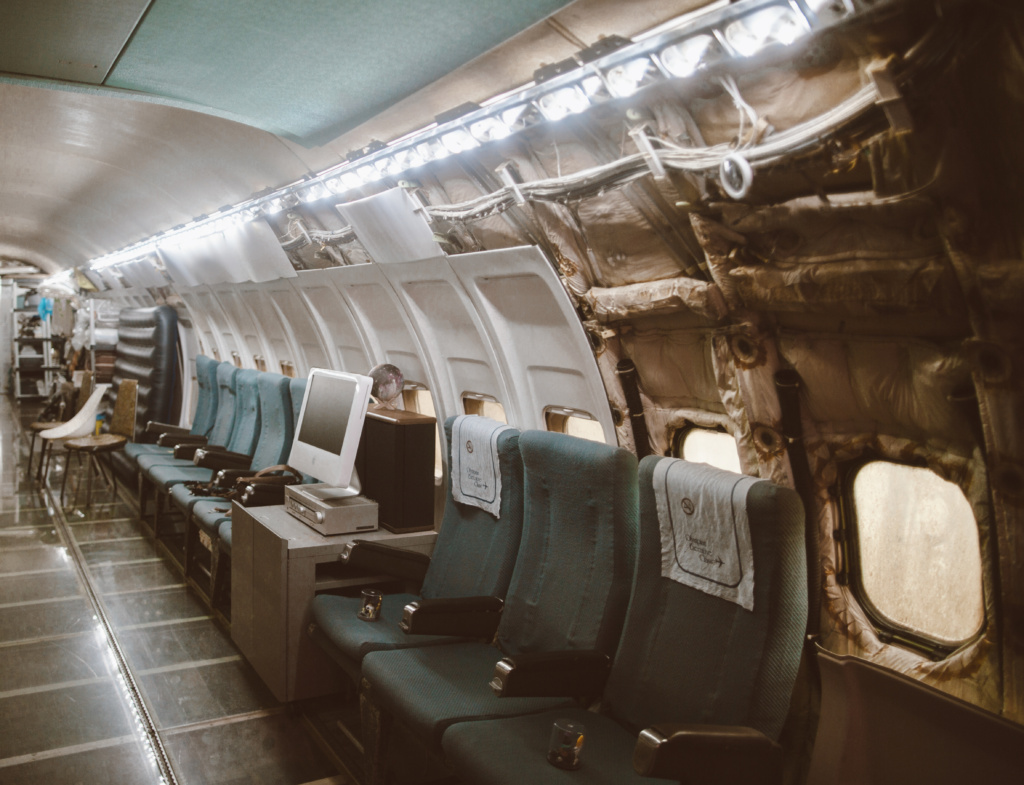
Bruce showed how plausible and amazing it is living in old jetliners and claimed that he will never live inside a traditional home. He thinks wood is a terrible building material. He wrote on his website, “Wood biodegrades – it’s termite chow. Or it’s unintentional firewood. It’s a relatively weak material which is secured with low tech fasteners using low tech techniques. And traditional rectangular designs are inferior structurally and rectangular stick homes can’t withstand severe winds nor severe earthquakes, and they degrade rapidly.”
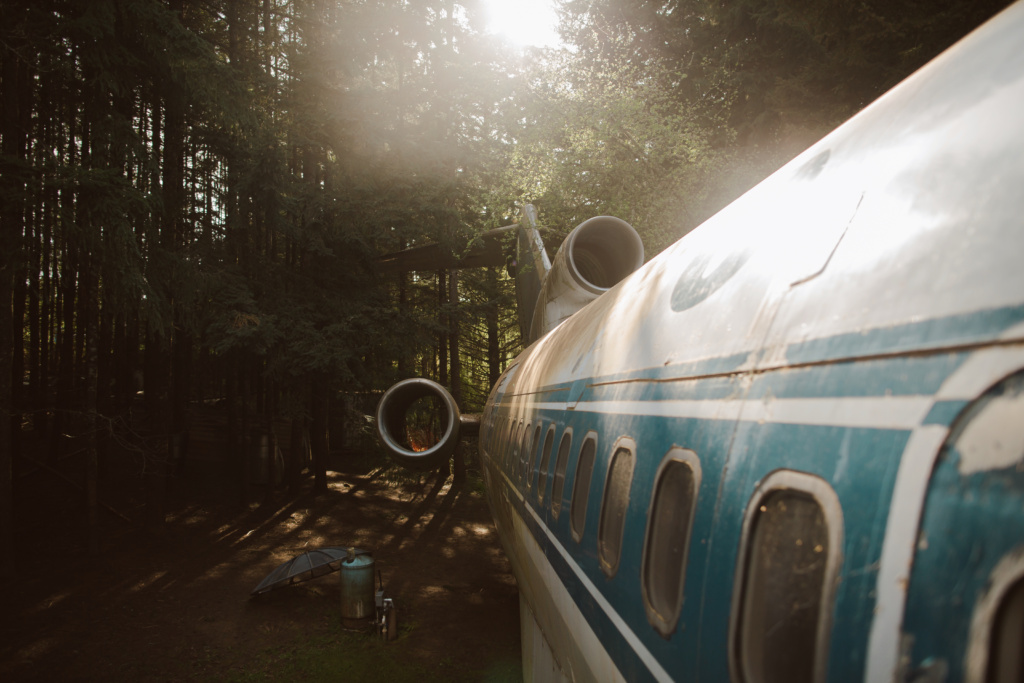

Bruce said, “Retired airliners with aerospace class strength and endurance can withstand earthquakes, winds, floods, and other stresses far more capably than most conventional structures. They’re among the finest structures mankind has ever built.”

His commitment to building more airplane homes around the world stem from a simple wish – “to help humanity a way out of a deep hole of profoundly wasteful provincial thinking.” He told us that how wasteful it is that every day there are on average of 3 jetliners retired to the scrap yards to be destroyed into pieces and on the same day somewhere on the same planet earth people need to buy costly metallic materials for their conventional home building. To him it’s irrational to destroy the “gleaming pinnacle class symbols of mankind’s achievements” and then turn around and build homes out of materials (like wood) “which are fundamentally little more than assemblies of sticks rendered with ancient and inferior design and fabrication methods”.
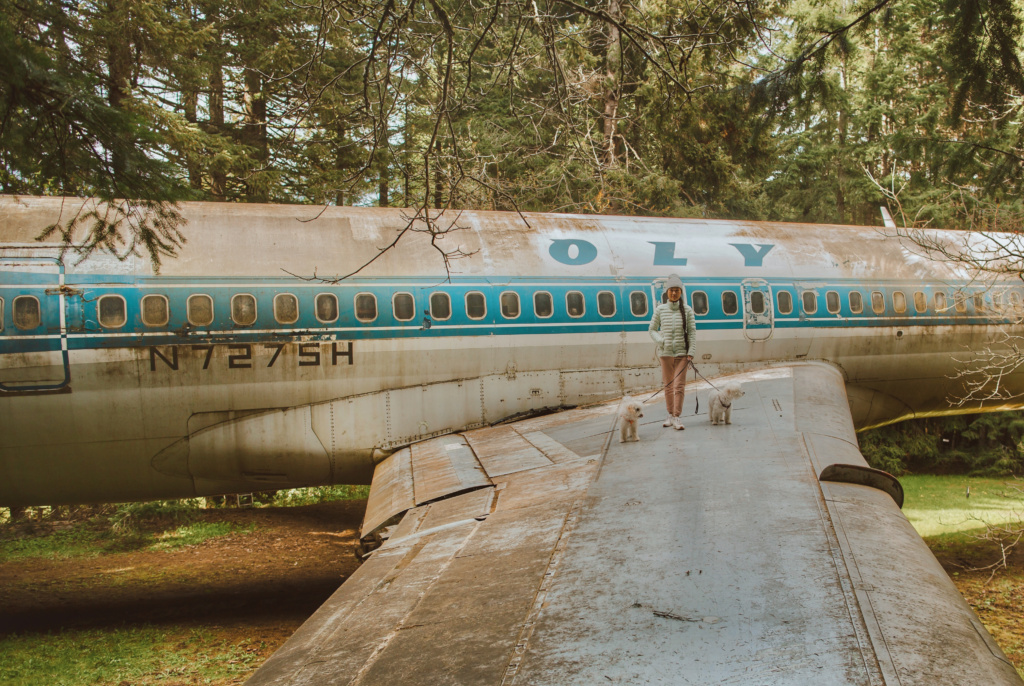
Having lived and traveled full time in our home on wheels, we were fascinated with Bruce’s project and interested to know more about the cost and the process of how to turn a jetliner into a living home. Bruce broke down the cost for us: $35K to buy an old jetliner, $50K to move the airplane to your land, and the cost of conversion depends on what you desire for your home. He said the aircraft cost a fraction of the traditional home and mortgage concept. He doesn’t like the concept of debt and especially enjoys not having to pay off mortgage.

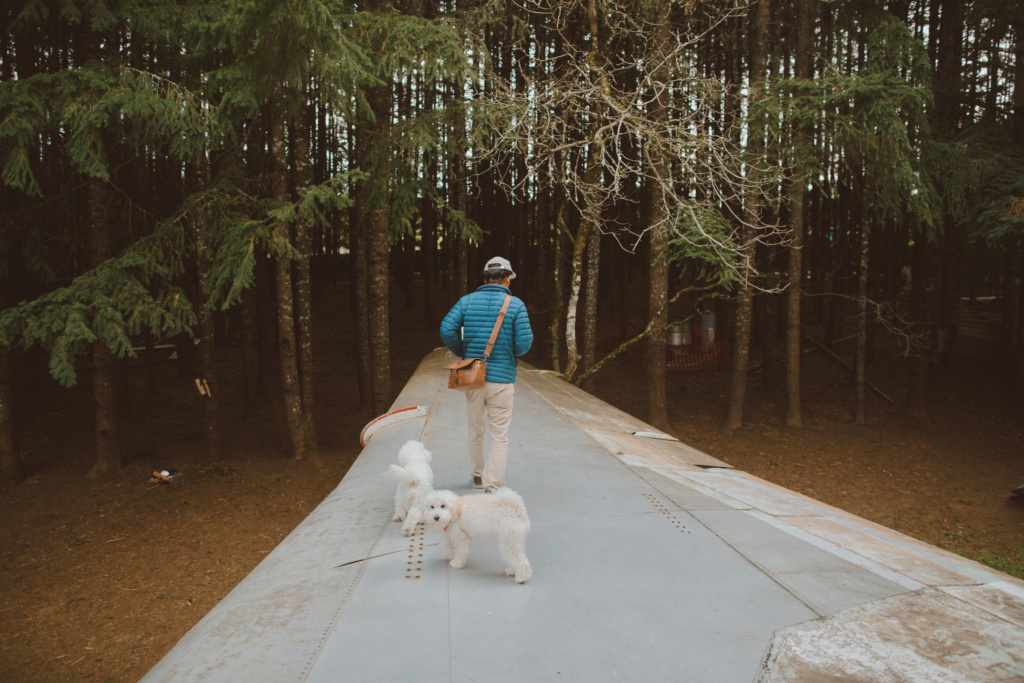
Stepping inside the plane, we were in awe of how everything in Bruce’s jet home was spotlessly clean. Shoes have to be left out on the wing. The interiors are distinctive: it’s an open cabin layout with living arrangements. And Bruce has replaced the entire cabin floor with clear plexiglass, to better appreciate the cabling guts of the aircraft.
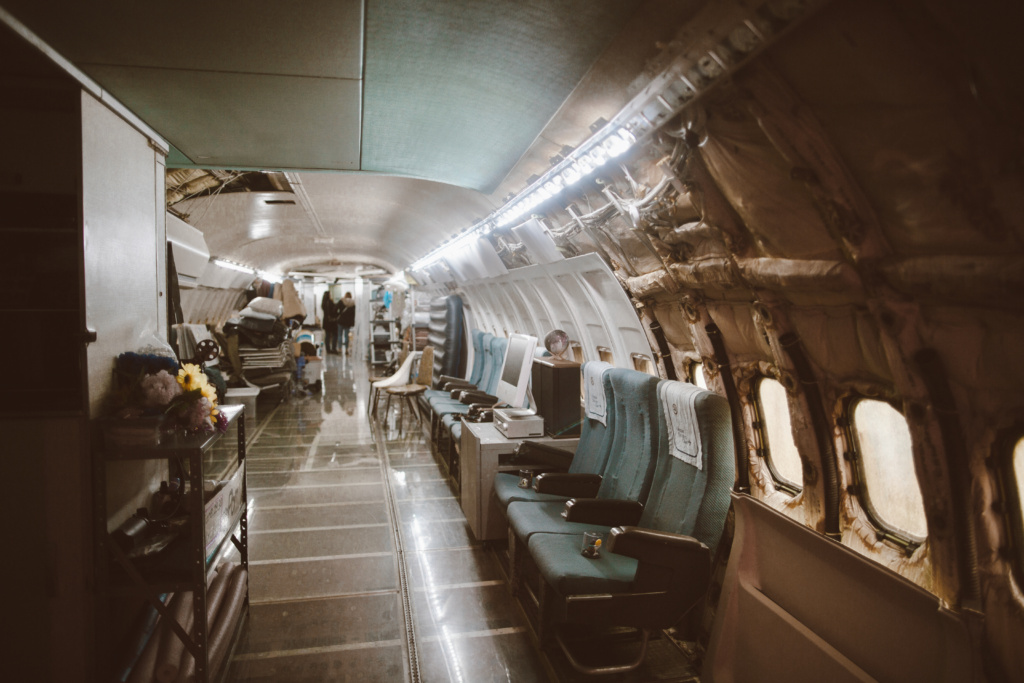
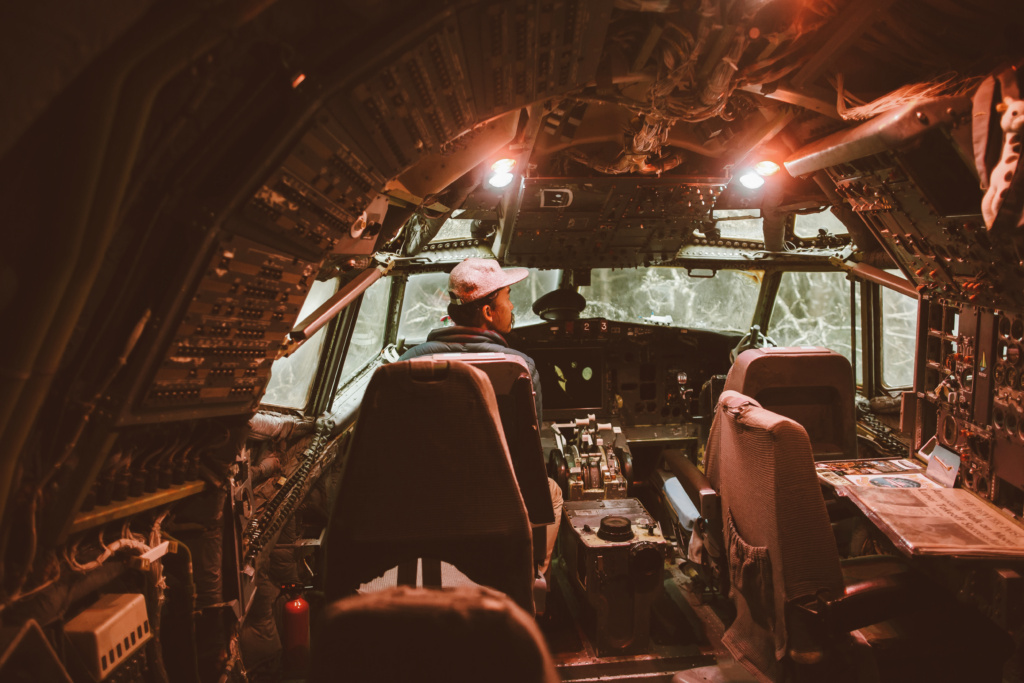
He told us, “A jetliner home is a highly refined and beautiful environment with aerospace. Their interiors are beautifully modern and refined, and provide a wealth of unique amenities and exceptionally high quality infrastructure – the illumination, climate control, electrical, and plumbing systems are superb, and voluminous storage space is seamlessly sculpted into every meter of the cabin.”
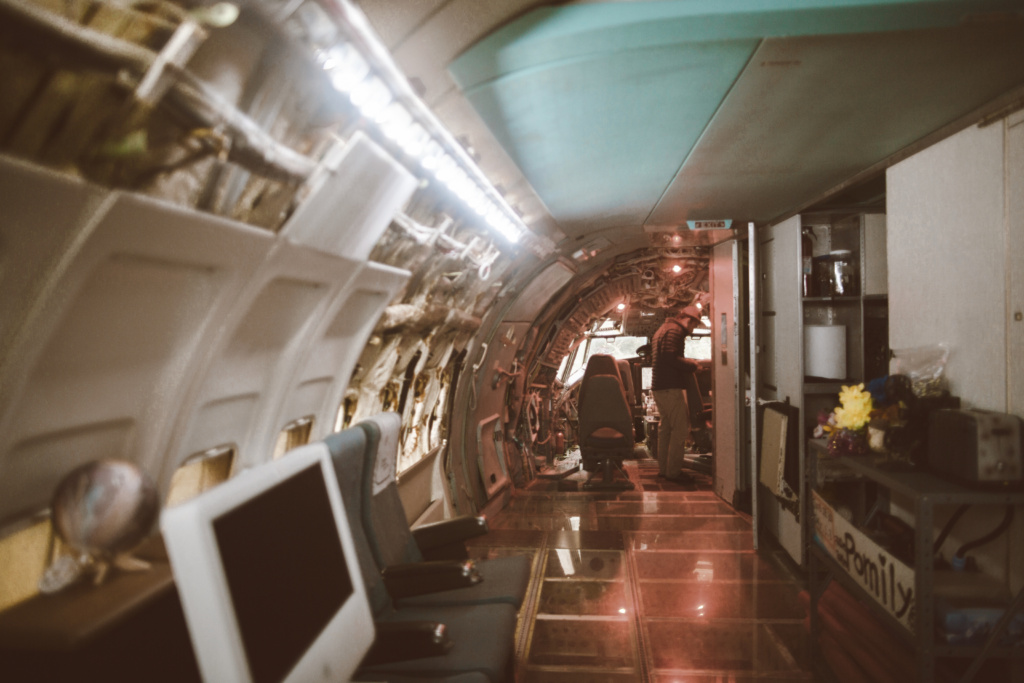
Not only airplane homes are sturdy and durable, they look spectacular from the outside too. They are sleek, gleaming aerospace sculptures! Truly unique!


Bruce wishes that retired jetliners should be all transformed into wonderful homes; they deserve a very long and noble second life. Bruce said, “They should never be mindlessly scrapped – in my view shredding a beautiful and scintillating jetliner is a tragedy in waste and a profound failure of human imagination.”
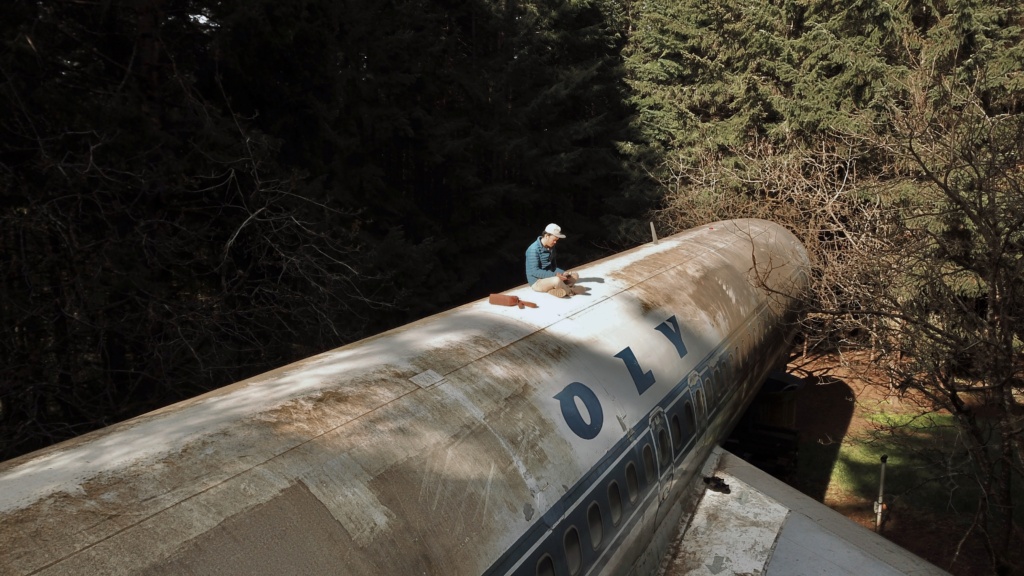
I would like to end my blog with a truly inspiring passage about Bruce’s vision shared on his website, “Imagine that the expansive green land area was developed into numerous individual plots for wide body aircraft homes – perhaps one hundred or more spectacular jetliner homes, each on its own three to five acre plot. Such projects would conserve a superb human resource and at the same time create truly unique and scintillating communities of aerospace class homes. They would represent the proper evolution of aircraft bone yards, whose time should have passed long ago, into beautiful jetliner home communities, whose time is long, long overdue. I hope to at least witness such a project within my lifetime.”

